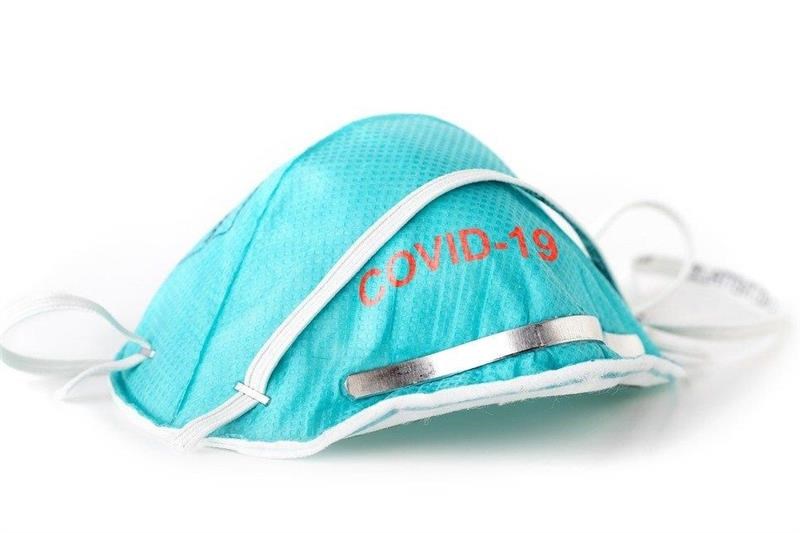Good oral health may prevent severe COVID-19
Published: 28/04/2021
The potential for healthy gums to reduce the severity of COVID-19 disease is outlined in a paper recently published in the Journal of Oral Medicine and Dental Research.
The paper follows evidence published earlier this year in the Journal of Clinical Periodontology, the official publication of the European Federation of Periodontology (EFP), that patients with COVID-19 were three times more likely to experience complications if they also had gum disease.
The authors compiled existing evidence to propose a pathway by which the severe acute respiratory syndrome coronavirus 2 (SARS-CoV-2) is transmitted to the lungs, where it causes COVID-19 lung disease.
They suggest that the virus enters the body through the upper airways (nose and mouth), collects in the saliva in the mouth and enters dental plaque under the gums. It then crosses the gums into the blood vessels, where it travels to the arteries in the lungs – rather than travelling to the lungs via the airways. The biological basis for this route of infection is outlined. In addition, the authors put forward the idea that diseased or damaged gums could weaken the mucosal barrier in the mouth and allow the virus to more easily enter the bloodstream.
“If confirmed, this hypothetical model may provide a rationale for understanding why some individuals develop Covid-19 lung disease and others do not,” states the paper. “It would also fundamentally change the way Covid-19 is managed, providing a new line of exploration into treatments targeted at the source of the viral reservoir, the mouth.”
The authors add that, if correct, 'simple antimicrobial oral healthcare measures could be implemented not only with the aim of reducing the risk of transmission between individuals” but also as “a means of mitigating the risk of developing lung disease, and therefore the most severe form of the disease'.
First author Dr Graham Lloyd-Jones, a radiologist at Salisbury District Hospital, UK said: 'Research suggests that the virus first infects the upper airways (nasal passage and mouth), forms a reservoir in the saliva in the mouth, then passes to the lungs – but without visibly causing inflammation of the airways. Thinking anatomically, it seems straightforward that the virus in the saliva could be leaking across the gums, into the blood vessels, and is delivered directly to the lungs, exactly to the areas we see are affected by Covid-19 lung disease on chest X-rays and computed tomography (CT) scans.'
Co-author Professor Iain Chapple of the University of Birmingham said: 'Dental plaque contains billions of microbes and needs to be removed daily. Otherwise, the gums become inflamed and small ulcers that communicate directly with the bloodstream form between the gums and teeth. These allow microbes like viruses to enter the bloodstream. The plaque under the gums forms a biofilm, a complex mixture of bugs, proteins, and sugars, which acts as a self-protective environment for many microbes to survive and prosper. Given the high SARS-CoV-2 viral load in saliva, this blood-borne route of transfer to the lungs is highly plausible.'
Professor Lior Shapira, EFP president, said: 'This novel paper establishes the biological plausibility of the observation that Covid-19 patients with gum disease have more severe complications than periodontally healthy individuals. Evidence suggests that inflammation in the gums may open the vascular system to the virus, resulting in lung dysfunction. The paper emphasises the importance of periodontal health in general, and particularly during the ongoing pandemic.'
Professor Nicola West, EFP secretary general, said: 'More research is needed to substantiate this theory, but in the meantime, it seems sensible to take extra care in looking after our teeth and gums, get regular check-ups and undergo treatment when needed.'
The paper concludes: 'Until proven or refuted, daily oral hygiene and other measures for plaque control, together with oral healthcare should be prioritised for the general public, since these measures not only improve oral health and wellbeing but could also be potentially lifesaving in the context of the pandemic.'
Author: Julie Bissett













